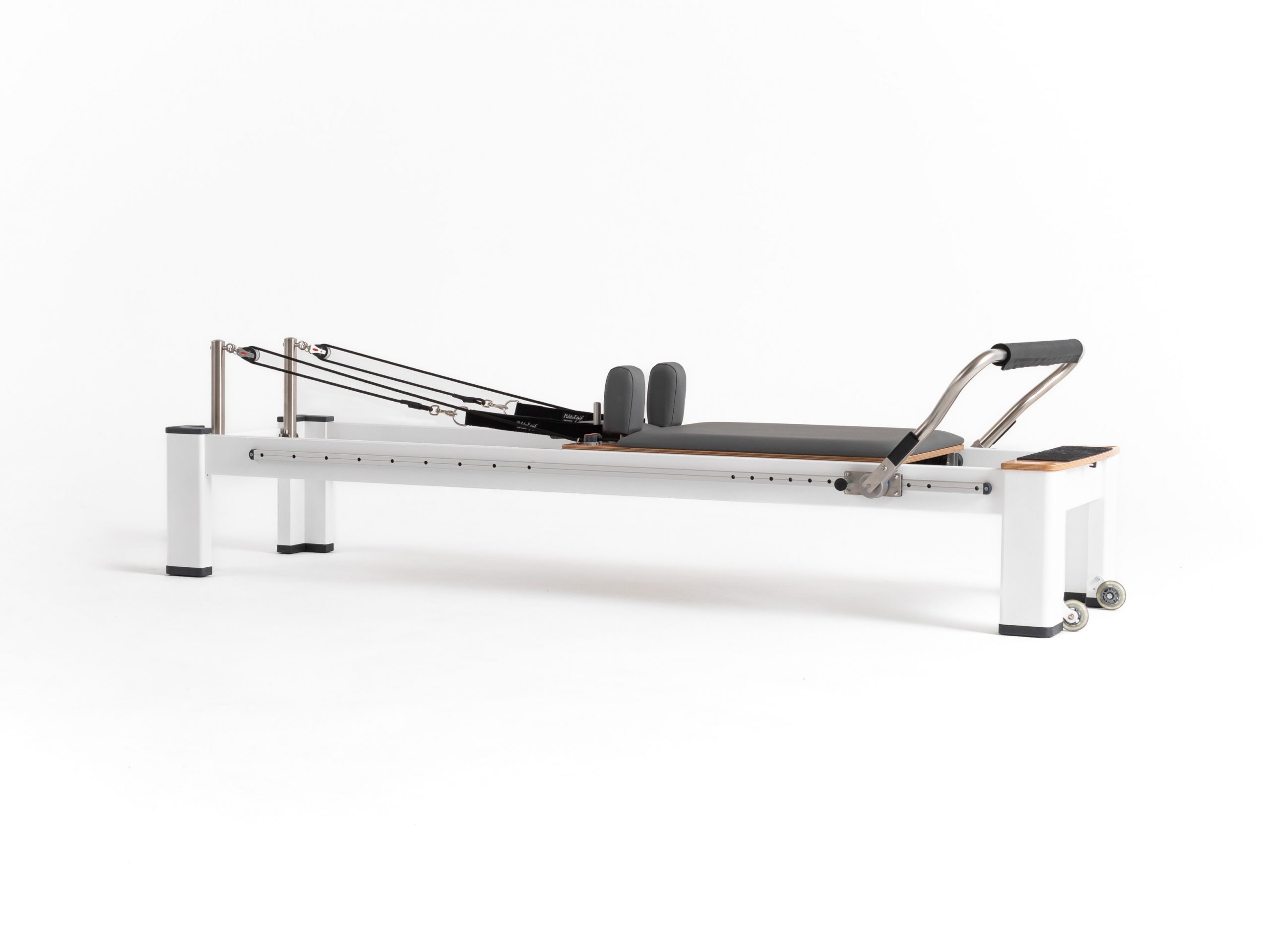Dentistry is a demanding profession that often involves long hours of precise and intricate work. The comfort and well-being of dental practitioners are essential for providing quality care and ensuring a long and healthy career. In this article, we explore the crucial relationship between dental supplies and ergonomics, highlighting how the right tools and equipment can enhance practitioner well-being.
Ergonomics in Dentistry
Ergonomics is the science of designing and arranging the workplace and equipment to fit the capabilities and limitations of the worker. In dentistry, proper ergonomics are vital to prevent musculoskeletal disorders, reduce stress, and enhance overall well-being. Here’s how dental supplies contribute to this:
Dental Chairs and Units
The dental chair is the primary workspace for a dentist. Modern dental chairs and units are designed with ergonomic principles in mind:
1. Chair Adjustability: Dental chairs can be adjusted for height, tilt, and backrest position, allowing practitioners to work comfortably while maintaining proper posture.
2. Instrument Accessibility: Dental units are equipped with integrated instrument delivery systems, ensuring that essential tools are within easy reach, reducing the need for unnecessary movements.
Dental Handpieces
Dental handpieces, such as high-speed drills and ultrasonic scalers, are used extensively in dental procedures. Ergonomic handpieces offer several benefits:
3. Lightweight Design: Lightweight handpieces reduce strain on the practitioner’s hand and wrist during prolonged use.
4. Ergonomic Grips: Well-designed handpiece grips reduce hand fatigue and improve control and precision during procedures.
Lighting Solutions
Proper illumination is crucial for accurate diagnosis and treatment. Advanced lighting solutions can significantly impact ergonomics:
5. LED Lights: LED dental lights provide bright and adjustable illumination, reducing eye strain and enhancing visual clarity.
6. Shadowless Lighting: Shadowless lighting technology ensures consistent and even lighting in the oral cavity, minimizing the need for awkward positioning.
Loupes and Magnification
Dental loupes with built-in magnification offer several ergonomic advantages:
7. Reduced Neck Strain: Magnification allows practitioners to maintain a more upright posture, reducing strain on the neck and upper back.
8. Enhanced Precision: Magnification aids in precise diagnosis and treatment, improving the overall quality of care.
Operator Stools
Ergonomically designed operator stools are essential for practitioner comfort:
9. Adjustable Height: Stools with adjustable height settings enable practitioners to maintain the correct posture relative to the patient and work surface.
10. Back Support: Lumbar support and comfortable seating contribute to reduced back pain and improved practitioner well-being.
Conclusion
Dental supplies play a significant role in enhancing practitioner well-being through ergonomic design. By investing in the right equipment, dental professionals can minimize the physical strain associated with their work, reduce the risk of musculoskeletal disorders, and improve their overall quality of life. Prioritizing ergonomics not only benefits practitioners but also leads to better patient care and greater career longevity. Dentistry is a demanding field, but with the right supplies and ergonomic considerations, practitioners can continue to provide exceptional care while staying healthy and comfortable.




Leave a Reply